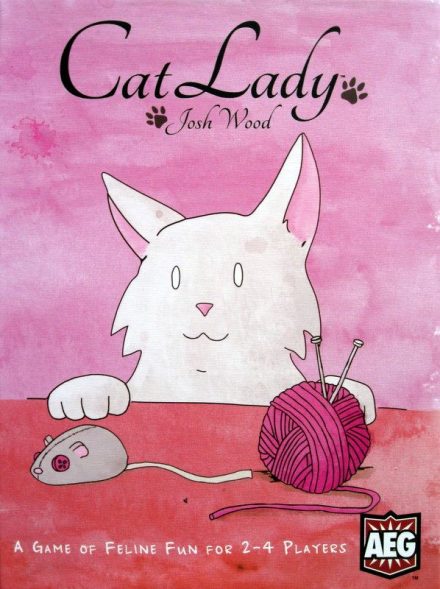Chili Mafia is a set-collection party card game for 2-8 players. Compete to assemble the most powerful Chili Pepper Gangs (sets of cards) and become the most respected mafia boss. In Chili Mafia, you will find existing Chili Peppers from around the world that are the main characters of the game. Just to mention a few, such well-known Chilies as the Jalapeño, the Tabasco or the Carolina Reaper clash with each other. To reflect hierarchy, each pepper carries points that are in proportion to the respective Chili Pepper’s strength on the Scoville scale. Moreover, the game includes various action and attack cards (inspired by Mafia jargon) that will not necessarily serve your interest. To win, score the most points at the end of the game.
[CLASSIFIED INFORMATION]
Things are heating up in the world. Chili peppers are splitting into factions, leading to organized crime and unrest. The Chili Mafia reigns supreme.
The Ministry of International Chili Security has hired you—a group of agents—to work undercover and round up the most wanted chili pepper mafiosi from around the globe. Your goal is to bring them to Mexico for a peace summit. As you arrive in the Chihuahuan desert, the spicy criminals jump out of your luggage. It’s obvious they have no interest in peace. Instead, they want a showdown. You and your fellow agents have no choice but to seize control of the Chili Mafia. But to gain their respect, you must fight amongst yourselves to determine who will be the most powerful mafia boss. Once you control the peppers, what will you do next?
Players draw and play cards to form gangs and perform actions. When a player draws the last card from the draw pile, they may complete their turn. Then every player (including the one that drew the last card) may take 1 more turn. After the last round, players calculate their scores.
Game Mechanics:
- Set Collection
- Take That
- Team-Based Game
Game Specifications:
- 2 – 8 Players
- 20 – 40 Minutes
- Difficulty Weight 1.83










